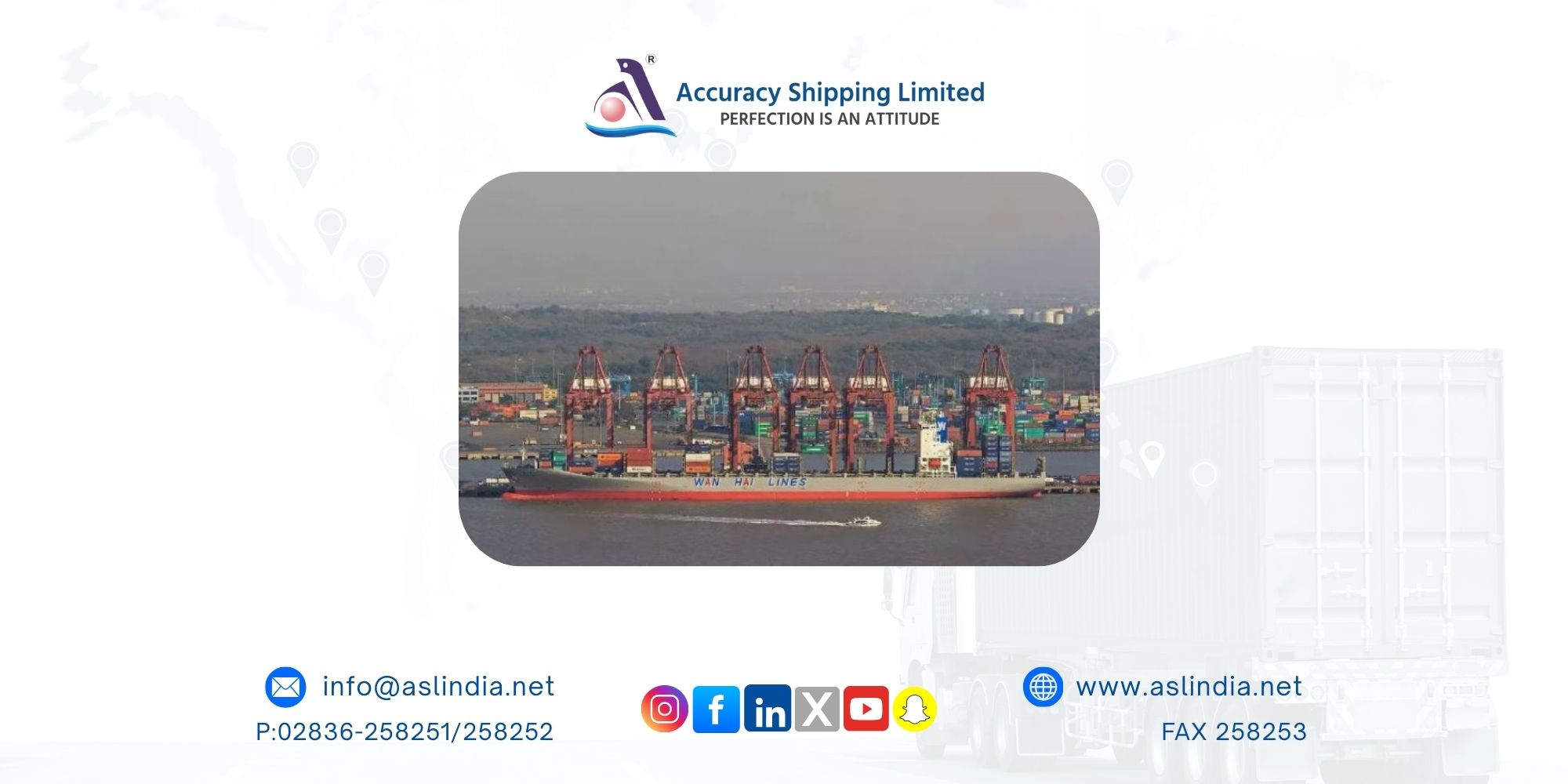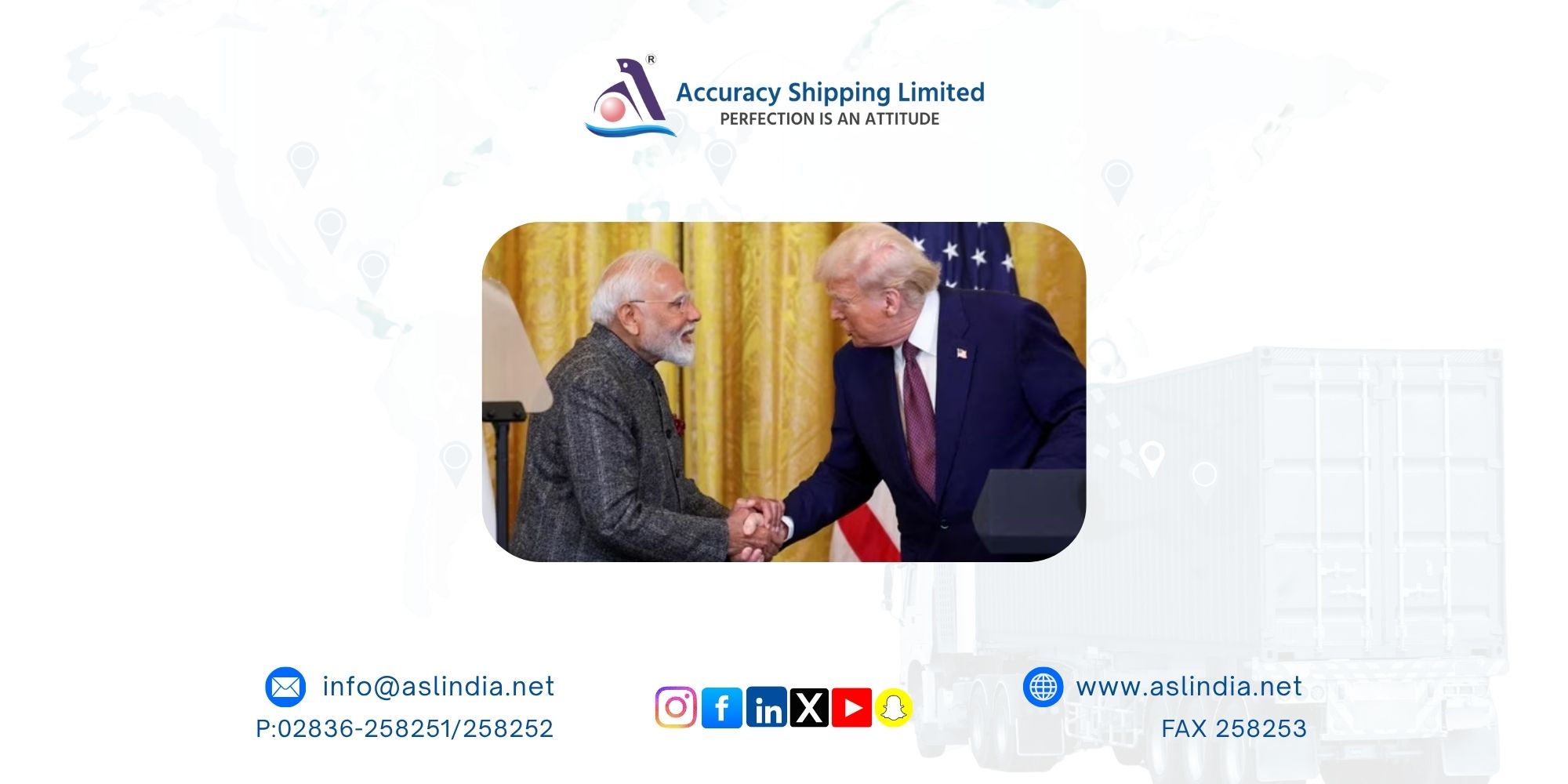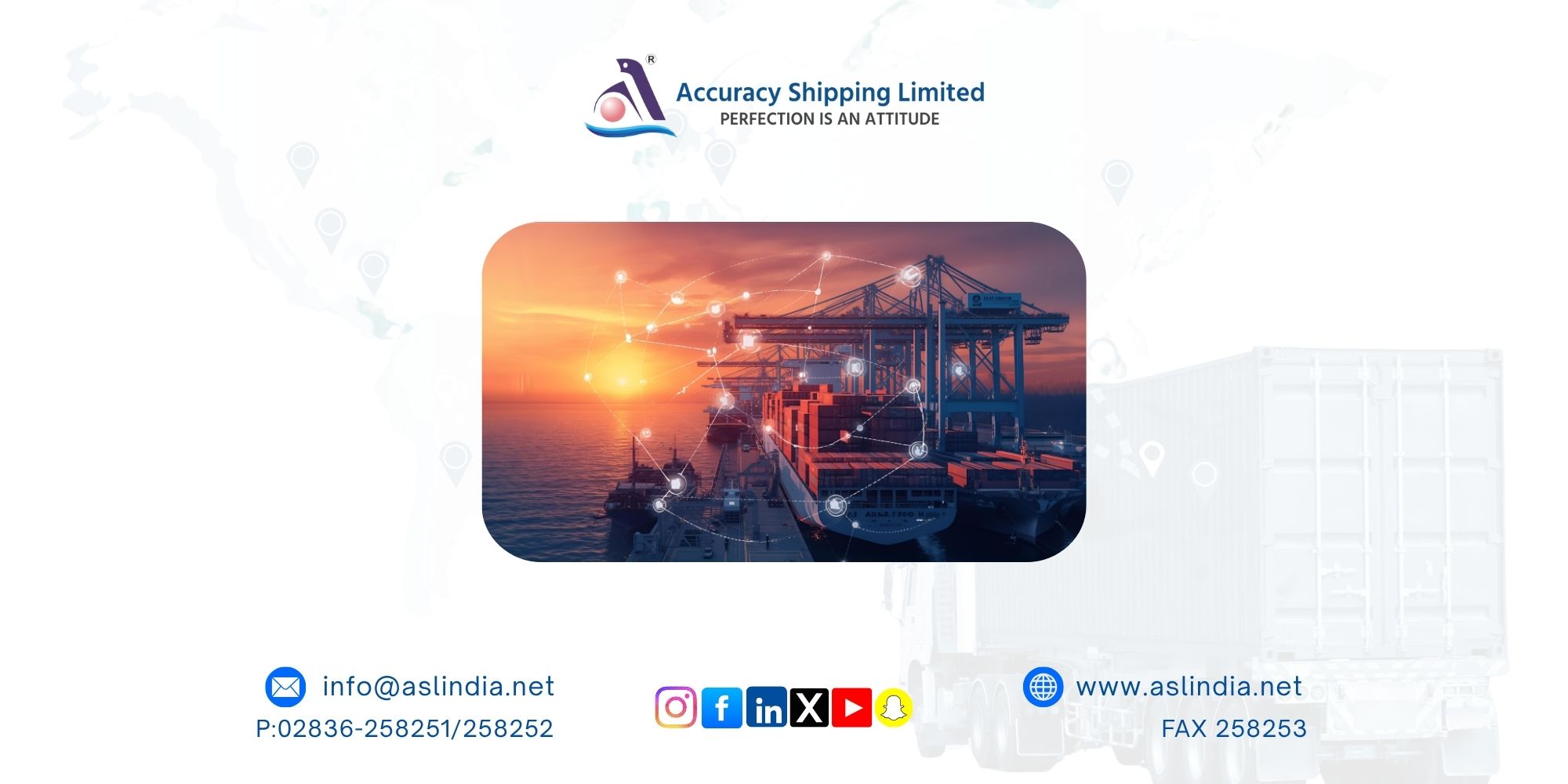Jawaharlal Nehru Port crosses 10 million twenty-foot equivalent units capacity, a first in India

On May 26, 1989, thirty-six summers ago, Jawaharlal Nehru Port (J N Port) was launched at Nhava Sheva, across the channel from Mumbai’s Gateway of India. Conceived to decongest the heavily burdened Mumbai Port, this state-of-the-art facility built with World Bank funding began as a modest two-berth operation—one for containers and the other for bulk cargo. Few would have imagined then that this port would grow into India’s biggest container port, setting benchmarks for efficiency, innovation, and scale.
Today, J N Port has become the first in India to cross the 10 million TEU (twenty-foot equivalent units) annual capacity, a record that firmly places it among the elite global container hubs. This feat was achieved with the completion of Phase 2 of the Bharat Mumbai Container Terminals (BMCT) on April 16, 2025, operated by Singapore’s PSA International. The 2.4 million TEU addition took the total capacity to 10.1 million TEUs, up from 7.7 million TEUs.
A Trailblazer in Maritime Infrastructure
From humble beginnings to a modern maritime marvel, J N Port’s journey is a reflection of India’s logistics evolution. In FY 2025 alone, the port handled 7.301 million TEUs, a record in its history and a 13.55% rise over the previous year. It currently manages over half of India’s container volume, acting as a vital link in India’s foreign trade by sea.
What powers this growth is a strategic combination of deep draft (16 metres) capable of docking 12,500-TEU vessels, excellent road and rail connectivity, and an ever-evolving infrastructure model. With the Western Dedicated Freight Corridor set to link the port by the end of 2025, capacity utilization and cargo efficiency are expected to grow further, targeting 10 million TEUs of actual throughput by 2029-30.
Powered by Public-Private Partnership
J N Port stands apart from other Indian ports by housing facilities run by the world’s top three container terminal operators: PSA International, DP World, and APM Terminals. Its evolution into India’s first full-fledged landlord major port has revolutionized its operational framework. The port authority earns over ₹2,000 crore annually in revenue share from its private terminal operators, making it the richest among India’s twelve major ports.
Innovations That Matter
One of the standout innovations is the Centralised Parking Plaza, the first of its kind at an Indian port. It streamlines customs documentation and facilitates smoother movement of factory-stuffed export containers. J N Port also uses sophisticated scanning equipment, fostering faster and safer clearances.
Backed by operational excellence, the port’s average container ship turnaround time stands at just 22.75 hours, a metric lauded by the World Bank’s 2023 Logistics Performance Index (LPI). The import dwell time—time a container spends in the port before moving out—is also highly competitive at 24.6 hours.
From Resistance to Resilience
The foundation of this success was not without struggles. In the 1980s, land acquisition faced strong resistance. Protests led to the unfortunate loss of five lives and arrest of several locals. Eventually, the government revised the compensation, increasing it from ₹27,000 to ₹30,000 per acre and returning 12.5% of the acquired land to the affected.
Despite these hurdles, the port continued to scale heights. From awarding the first Public-Private Partnership (PPP) in Indian port history in 1997 to P&O Ports (now DP World), to launching India’s largest FDI-funded port terminal (BMCT by PSA) in 2014, J N Port’s timeline is a saga of visionary leadership and strategic foresight.
India’s Maritime Crown Jewel
J N Port’s transformation into India’s leading container port is a story of vision, resilience, and innovation. As Sunay Mukerjee, COO of Gateway Terminals India, rightly said, the port is “a testament to driving ease of doing business with innovation and infrastructure expansion.”
Chairman Unmesh Wagh, an IRS officer, attributes this success to empowered leadership. “When freedom in decision-making is delegated to the public sector, they can deliver extraordinary results,” he said, adding that the port is “run almost like a private enterprise.”







